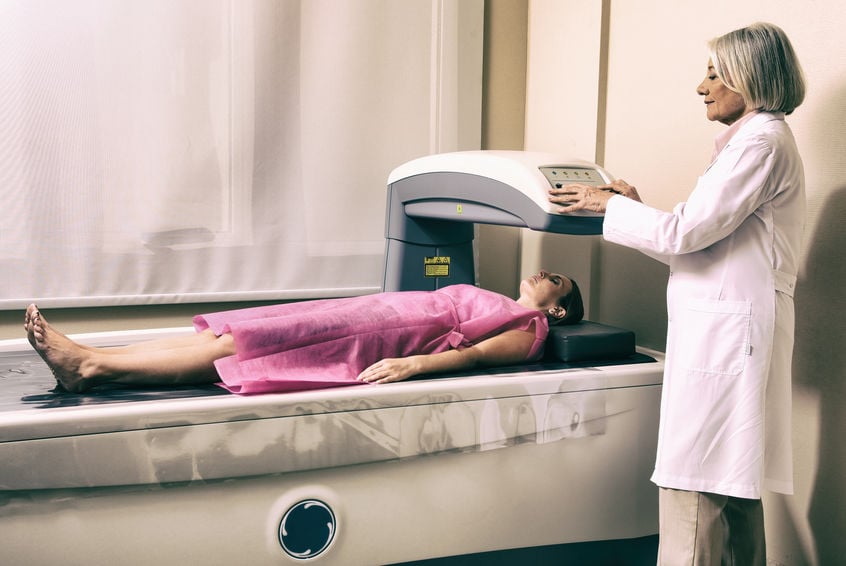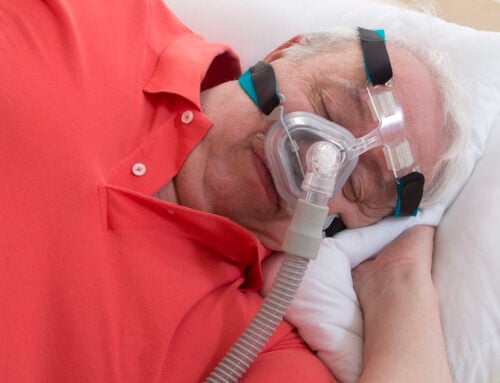The Dangers Of Osteoporosis
The bones are the body’s foundation. But with any foundation, there is a chance of damage. Osteoporosis is the most significant sign of a weakened foundation. With osteoporosis, bones become so weak and brittle a simple fall can cause a fracture. In severe cases, a bump into an object or excess coughing can cause damage. More than 10 million Americans have osteoporosis, with most being women. To understand osteoporosis, doctors need to understand bone mineral density, using tools like a DEXA scan.

Are you dense?
Bones are mainly made up of collagen. Minerals like calcium are also present in bones to provide strength. Bones are living tissue that continually replenishes, especially during the teenage years. This constant growth gives bones added strength and density. If the supply of new bones slows to a crawl, persons can develop sparse bone mineral density. There are a few reasons for this, including diet, environment, and lifestyle choices. If left unchecked, issues like osteoporosis can occur.
What is a DEXA scan anyway?
Doctors depend on DEXA scans to confirm low bone density and signs of osteoporosis. DEXA stands for dual-energy x-ray absorptiometry. The scan is a machine that uses two types of radiation to give a clear review of bone health. The dual-energy separates the tissue from bone. These scans are more reliable than traditional x-rays. While x-rays show a clear break, DEXA scans reveal the degree of bone loss with high accuracy.
What to expect during the scan
The scan is a simple, outpatient procedure with no in-depth preparation. The machine looks like a simple assessment table between a scanner and an x-ray generator. The patient lies on the table, sometimes with the legs and neck elevated. The doctor or technician will then scan the hips, spine, and part of the arm. These areas can then pinpoint bone density. An entire body scan can give further information like a person’s BMI. A scan takes no more than 30 minutes with a quick turnaround time for results.
Assessing the results
The machine connects to a computer that can graph out the results. Bone density measurements start from 0, which is the measure of a healthy adult. The results will bring up a standard deviation of a measurement higher or lower than 0. Based on the result, the doctor will conclude the following:
- A score of -1, 0, or +1 is considered normal.
- From -1 to -2.5, the patient has low bone mass.
- A score of -2.5 or lower is considered osteoporosis.
Getting a scan helps the doctor come up with a game plan to improve bone health and reduce breaks.
The dangers of osteoporosis
Low bone mineral density can lead to osteoporosis. Take the condition seriously. Fractures of the hip, for instance, can lead to disability. Breaks will also take longer to heal, impacting the quality of life. Simple spinal fractures can be debilitating, needing surgery. Persons older than 65 are especially at risk since these persons are more likely to fall.
Give bones the attention they deserve
Doctors recommend that persons over the age of 65 get a DEXA scan. There are other factors to consider, including smoking, low body weight, previous fractures, and family history. Checking bone mineral density can prevent future pain from fractures. Speak with a doctor about bone health, expressing any concerns. Don’t hesitate to ask for a DEXA scan.




